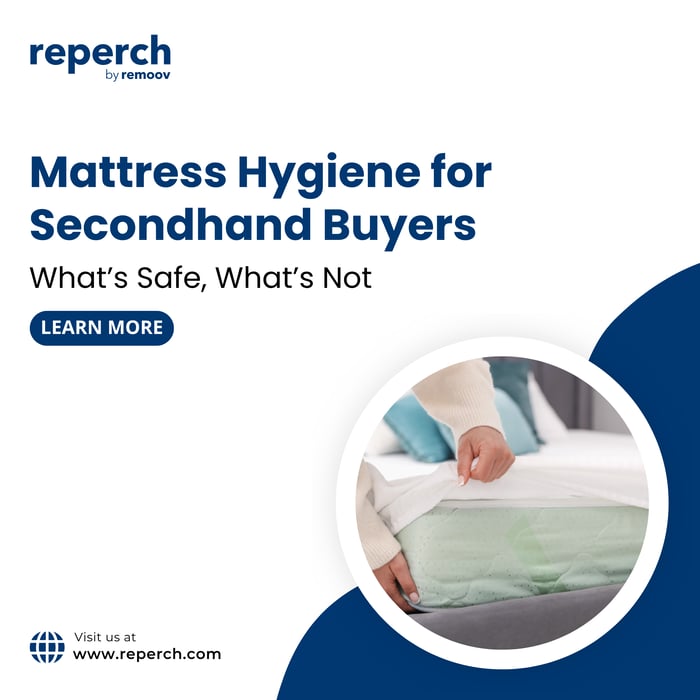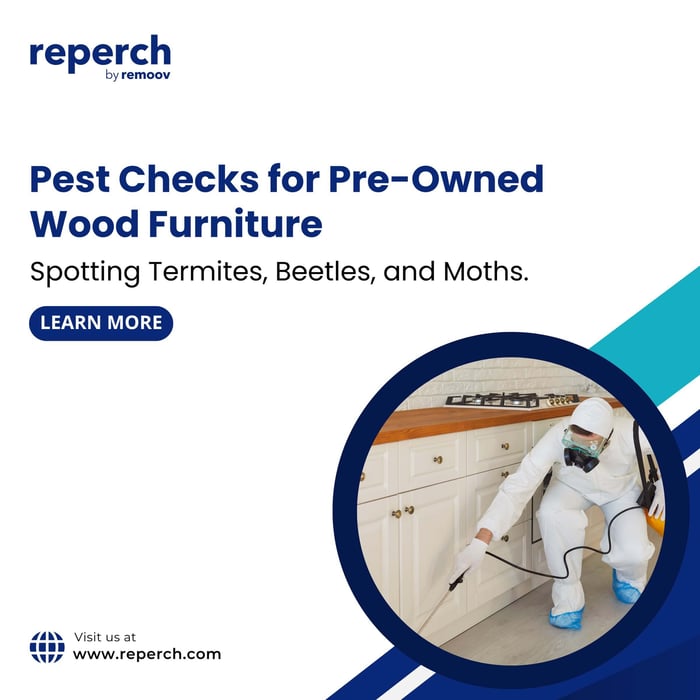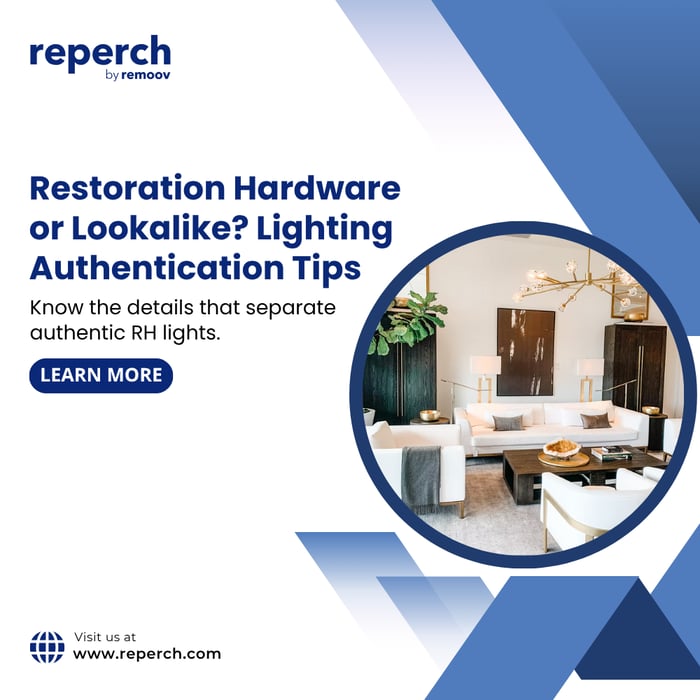Buying secondhand furniture is a smart, sustainable, and budget-friendly choice. But when it comes to mattresses, hygiene becomes a much more serious concern. Unlike wood, metal, or plastic furniture, mattresses are porous, absorbent, and closely tied to our health. So how do you decide whether a used mattress is worth the risk or a health hazard in disguise?
In this guide, we break down what’s safe and what’s not when it comes to secondhand mattresses. We cover key hygiene risks, what to inspect before buying, cleaning methods that actually work, and when to walk away.
Why Mattress Hygiene Matters
We spend nearly one-third of our lives on a mattress. Over time, it collects dead skin, sweat, body oils, allergens, and microorganisms. While a new mattress arrives sealed and sanitary, a used one could be harboring years of someone else’s residue, and that is where the risks begin.
Common Hygiene Risks in Used Mattresses
Dust mites and allergens that trigger asthma or eczema
Bacteria and fungi from bodily fluids or high humidity
Bedbugs hiding in seams, piping, and stitching
Mold or mildew if stored in damp places
Odors from pets, smoking, spills, or poor maintenance
These contaminants are often invisible, but that doesn’t make them harmless. That’s why it is essential to assess the condition and history of any secondhand mattress before committing.
What’s Safe to Buy and What’s Not
Not all secondhand mattresses are created equal. While most experts advise against buying used mattresses altogether, there are rare exceptions when it might be reasonably safe.
Green Flags: When a Used Mattress Might Be Okay
Still in original plastic wrapping
From a trusted source such as family or friends
Barely used guest mattress in a clean home
No stains, tears, or smells
Passed visual inspection for bugs or mold
Red Flags: When to Say No
Unknown seller or no proof of care
Any signs of infestation such as bedbugs, lice, or fleas
Strong odors like smoke, pet urine, or mildew
Discoloration or stains, especially in corners or seams
Mattress age over seven or eight years, regardless of appearance
No label or manufacturer tag making age and material unknown
A mattress that “looks okay” is not necessarily hygienic. Without a warranty or trial period, you’re on your own if issues show up later.
What to Ask the Seller Before You Buy
If you’re seriously considering a secondhand mattress, ask these questions to make an informed decision:
How old is the mattress?
Who used it and how frequently?
Was it in a smoke-free and pet-free home?
Has it been cleaned recently or professionally sanitized?
Was it stored in a climate-controlled space?
Is there any warranty left or proof of purchase?
Sellers who hesitate to answer or offer vague responses should raise concerns. Transparency is a must when buying a used sleep surface.
How to Inspect a Used Mattress for Safety
Once you have basic information from the seller, perform a thorough physical check.
Visual Inspection
Check the seams, piping, and tufts for bed bug traces such as black specks or red dots
Look for yellowing or brown stains, which could indicate fluids or mold
Examine corners and creases for mildew or fuzz (fungal growth)
Lift and check the underside, as mold and bugs often hide here
Smell Test
A strong musty smell indicates mold or mildew
Sour or urine-like smells signal bodily fluids or pet accidents
Smoke or perfume odors are hard to remove and may indicate masking other issues
If the mattress passes both checks and comes from a verified source, there are ways to clean and sanitize it further.
How to Safely Clean a Secondhand Mattress
Even a clean-looking mattress needs a deep cleaning. Here’s how to do it safely:
Step 1: Vacuum Thoroughly
Use a vacuum with a HEPA filter. Go over every inch of the surface, seams, and edges. This removes dust mites, allergens, and loose debris.
Step 2: Steam Cleaning
A steam cleaner with at least 212°F heat kills bacteria and dust mites. Avoid soaking the mattress. Use short, controlled passes.
Step 3: Baking Soda Treatment
Sprinkle a generous layer of baking soda over the surface. Let it sit for 8–24 hours to absorb odors. Then vacuum thoroughly.
Step 4: UV Light or Sun Exposure
If possible, let the mattress sit in direct sunlight for several hours. UV rays help kill surface-level bacteria and fungi.
Step 5: Use a Hypoallergenic Mattress Protector
Once cleaned, cover it with a high-quality, waterproof mattress protector to prevent future contamination.
Note: If you see bedbugs, do not attempt to clean it. Discard it properly according to your city’s sanitation guidelines.
Reperch’s Take on Secondhand Mattresses
At Reperch, we’re all about giving quality furniture a second life. But we draw the line when it comes to mattresses.
Used mattresses come with too many unknowns including age, hygiene, wear, and health risks. That’s why you won’t find secondhand mattresses in our catalog. We believe in offering furniture that enhances your home, health, and peace of mind, not puts them at risk.
Instead, we focus on:
Refurbished bed frames and headboards cleaned, inspected, and restyled
Mattress toppers and covers sanitized and protected
High-quality, gently-used bedroom furniture
For your mattress, we recommend going new. It’s worth the investment in sleep quality and sanitation.
Safe Sleep Alternatives to Used Mattresses
If you’re on a budget but want a clean and supportive mattress, here are some better options:
Buy from Discount Retailers
Major brands offer lower-priced models with full warranties. Look for clearance sections or seasonal sales.
Explore Mattress-in-a-Box Brands
Many online brands offer affordable prices with trial periods and return policies.
Try Factory Seconds or Open Box Deals
These are new mattresses with slight cosmetic flaws. Clean, unused, and often 30 to 60 percent off.
Use a High-Quality Mattress Topper Temporarily
If you’re stuck with a used mattress short-term, use a dense topper and protector to create a hygienic barrier.
Final Thoughts
Buying secondhand is a great way to save money and reduce waste. But mattresses are a category where health and hygiene must take priority. From hidden allergens to bed bugs, the risks often outweigh the rewards.
If you’re ever unsure about a used mattress, walk away. Invest in a new, well-reviewed model and pair it with secondhand bed frames, nightstands, and dressers from trusted resellers like Reperch.
At Reperch, we make secondhand feel like first-class while helping you sleep better, live cleaner, and buy smarter.








